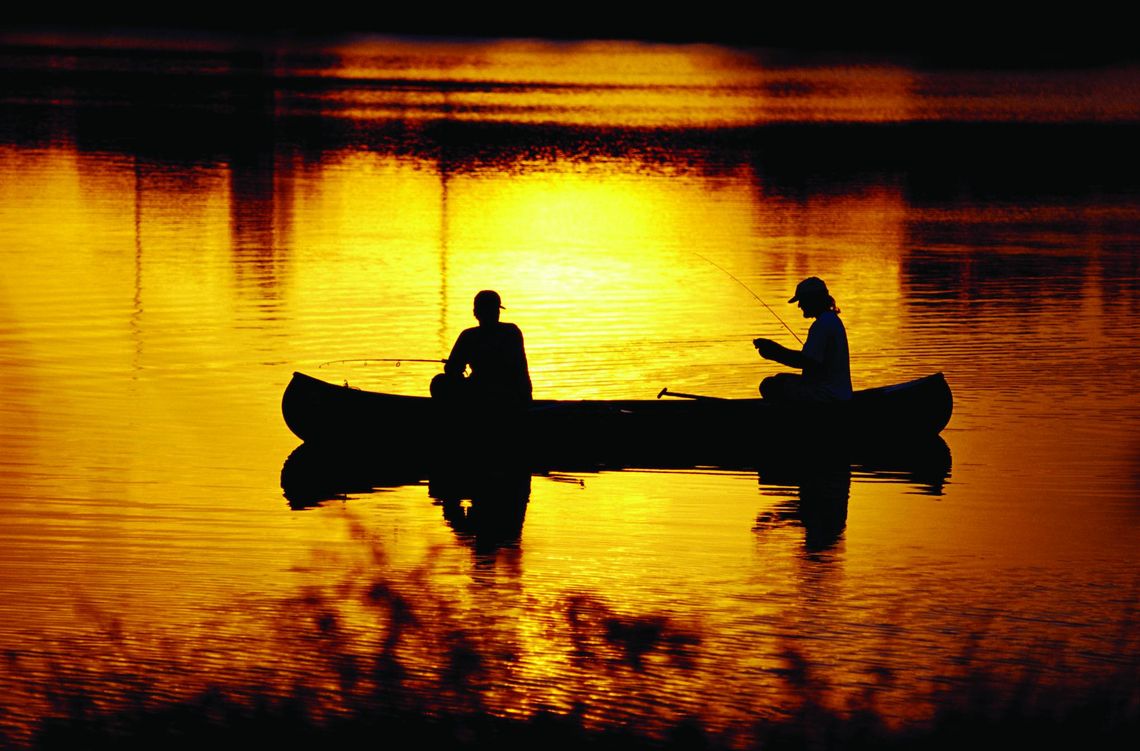
Representatives with the Louisiana Department of Wildlife and Fisheries (LDWF) presented an update on the department’s plans for a drawdown of Henderson Lake at the May 15 St. Martin Parish Council meeting.
LDWF Biologist Manager Brac Salyers explained that the lake is particularly vulnerable to the overgrowth of invasive plant species, the most troublesome being hydrilla, water hyacinth and giant salvinia. He said that, while last winter’s unusually low temperatures may delay the growth somewhat, control measures are needed to prevent problems later in the year.
Hydrilla has been a long-standing problem in the lake. In 2014, it covered 2,500 acres, 50 percent of the entire surface.
Giant salvinia was first observed in the lake in 2012, with a significant bloom occurring in 2016. Unchecked, it can double its mass every seven days and grow into a complete covering of a lake’s surface several feet thick.
Water hyacinth can spread its large floating leaves and purple flowers over large areas of a water body. Like the other species, it is a native of South American tropical and semi-tropical waters.
When these species are introduced into Louisiana waters, the natural controls that keep them in check in their native habitats are absent, so they often grow out of control.
Salyers said the LDWF utilizes four main methods of weed control: the stocking of hydrilla-eating grass carp, the release of giant salvinia weevils, herbicide spraying and water drawdowns.
Of the four approaches, drawdowns are the cheapest and most effective method, but Salyers told the council that an integrated approach of all four methods is needed for adequate control.
A successful drawdown can greatly reduce the amount of spraying needed. Plants stranded in the dried-out areas do not need to be sprayed. Those that are not stranded must be sprayed, but are concentrated into a smaller area.
The timing of the drawdown is not firm at this time and LDWF will coordinate with parish government to help decide what schedule would cause the least inconvenience to recreational and commercial users of the lake, Salyers said. But the drawdown normally begins in early August and ends around the first of November.
Attending the meeting was Henderson Mayor Sherbin Collette, who said that when drawdowns were first undertaken there was strong opposition. Now, however, the benefits are well accepted by users of the lake.
Besides the obvious benefit of better access, reduction in plant overgrowth improves the overall health of the lake by compacting the bottom mud. That increases fish spawning, improves the availability of forage for predatory species and makes more water-borne nutrients available to food-chain organisms. It also mimics the historical natural cycle of spring floods and low water levels in the summer and fall.

